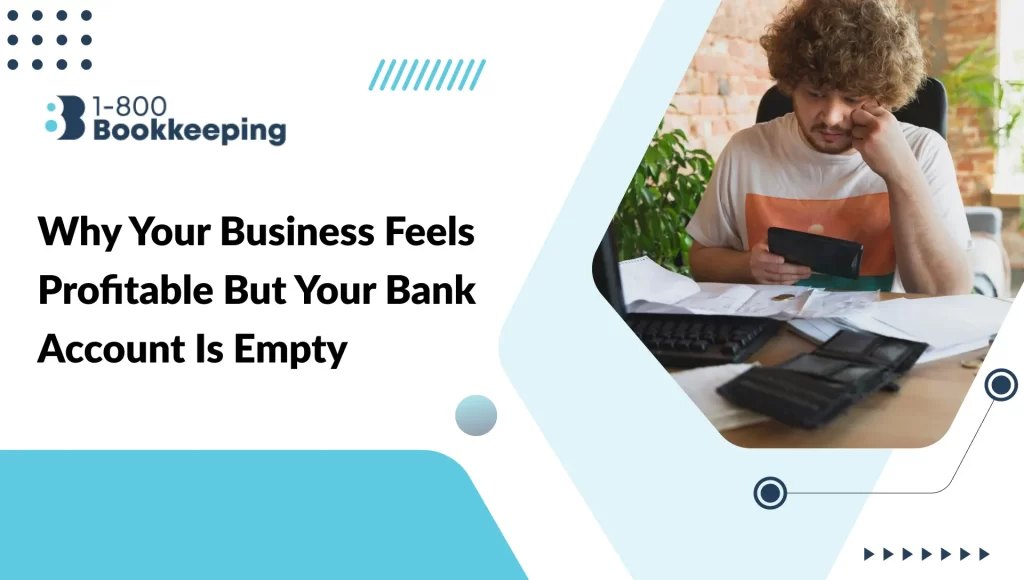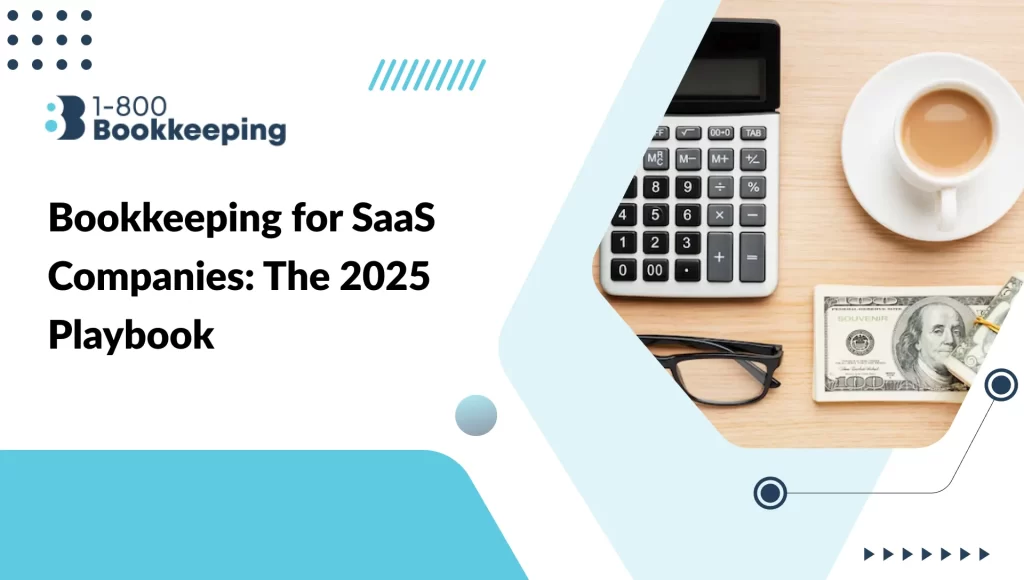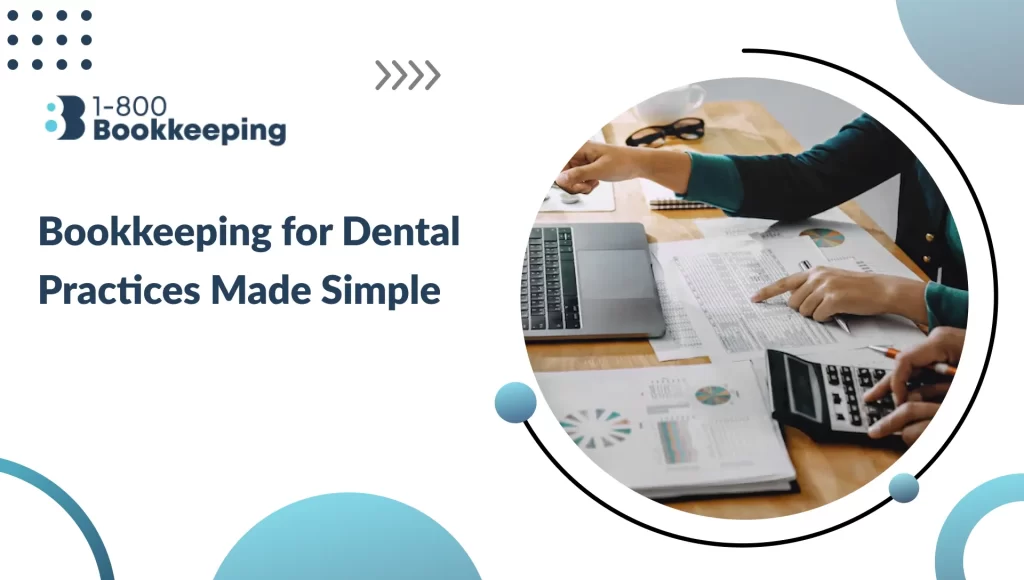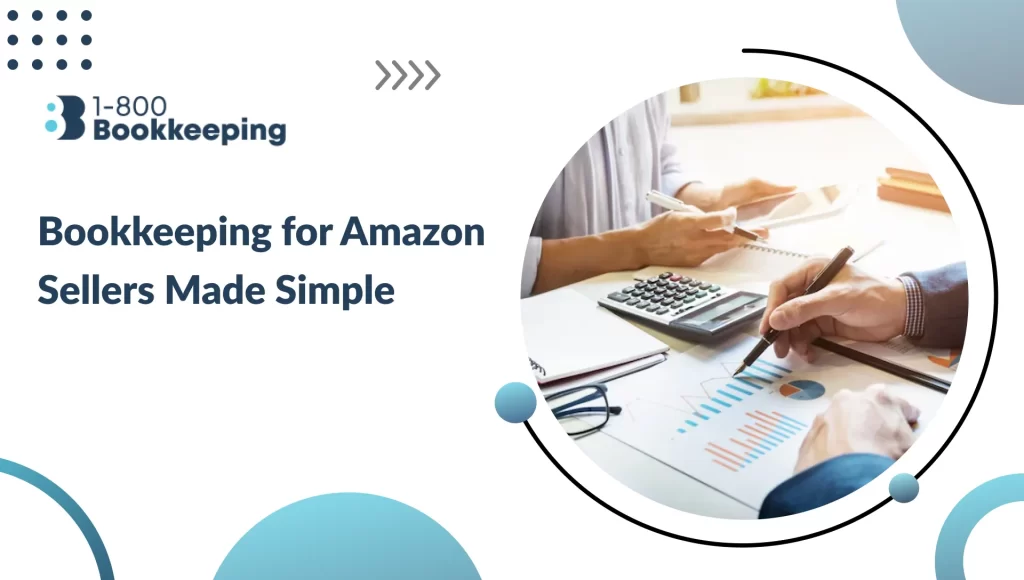You look at your business’s income statement, and things seem to be going great. Revenue is up, expenses are down, and profits are on the rise. But when you check your bank account, there’s not much to show for it. How is that possible?
Here’s the thing: profitability and cash flow aren’t the same thing. And understanding the difference is crucial for keeping your business running smoothly. In this post, we’ll dive into why your business might feel profitable but still struggle with cash and offer practical tips to fix it.
Profit vs. Cash Flow: What’s the Difference?
Profit shows how much you’ve earned after expenses. It’s what your accountant reports, but it doesn’t reflect the actual cash you have available to pay bills, make investments, or expand. Cash flow, on the other hand, tracks the movement of money in and out of your business. It’s about timing—when cash comes in and when it goes out.
Example: A Marketing Agency’s Cash Flow Problem
Let’s say a marketing agency lands a $20,000 contract. The client won’t pay until 60 days later. On paper, the agency looks profitable. But with $10,000 in payroll and software bills due now, there’s not enough cash on hand to cover expenses. Even though the business is profitable, cash flow is the issue.
Key Takeaways:
- Profit is earned revenue; cash flow is actual money in hand.
- Your business can be profitable but still have cash shortages.
- Timing of payments matters—delays from clients can put you in a bind.
Streamlining Cash Flow Management with the Right Tools
At 1-800 Book Keeping, we’ve helped businesses improve their cash flow by offering tools to manage invoicing, payment cycles, and financial forecasting. Understanding this distinction and addressing cash flow issues early on will help businesses avoid financial pitfalls.
Common Reasons Your Business Lacks Cash
When cash isn’t flowing the way it should, your business can run into serious issues. Here are some common reasons why that might happen.
1. Outstanding Invoices and Late Payments
Late payments from clients can create a serious cash flow gap. If your customers take weeks or even months to pay, you may not have enough cash to cover your own expenses in the meantime.
Example: A Retail Supplier’s Cash Flow Problem
A retail supplier bills a client $50,000 with a 90-day payment term. Meanwhile, the supplier owes $30,000 for inventory within the next 30 days. Without cash coming in, the supplier faces a tough choice—miss a payment or risk hurting their relationship with the supplier.
Solution:
- Shorten payment terms—aim for net 30 days instead of net 60 or 90.
- Offer discounts for early payments to encourage faster collections.
- Automate invoice reminders to keep clients on track.
2. High Operating Costs
Rent, salaries, and utilities can eat up cash reserves quickly. Even a profitable business can run out of cash if operating costs aren’t controlled properly.
Solution:
- Regularly audit your expenses to eliminate waste.
- Negotiate better terms with suppliers to reduce costs.
- Invest in automation to cut down on labor expenses.
3. Inventory Issues
Too much inventory ties up cash, while not enough can result in lost sales. Striking the right balance is key to keeping cash flow steady.
Solution:
- Use inventory management tools to track stock levels.
- Order stock based on real demand forecasts.
- Get rid of slow-moving inventory to free up cash.
4. Loan Repayments and Interest Costs
If you’re carrying debt, the repayments and interest can drain cash quickly. Even profitable businesses can struggle with cash flow if debt payments exceed the incoming cash.
Solution:
- Refinance high-interest loans to lower your payments.
- Space out loan repayments so they align better with cash flow.
- Build up a cash reserve to cover these costs during slower months.
How to Improve Cash Flow Without Sacrificing Growth
Having steady cash flow doesn’t mean you need to stop growing your business. In fact, managing your cash flow can support your growth strategy. Here’s how to get it right.
1. Adjust Payment Terms
Encourage clients to pay faster by shortening your payment cycles, while you try to negotiate longer payment terms with your vendors. This can help you keep cash flowing in while reducing the strain on your business.
2. Track Cash Flow Consistently
Cash flow should be monitored regularly. Use cash flow statements to keep tabs on your liquidity, and stay ahead of any potential issues before they become crises.
3. Diversify Revenue Streams
Don’t rely on just one source of income. Explore different avenues like subscriptions, retainers, or recurring revenue models to keep cash flowing consistently.
4. Build a Cash Reserve
Set aside some of your profits as a buffer for lean times. This reserve can be used to cover unexpected expenses or cash shortfalls.
Conclusion
Running a profitable business is great, but without steady cash flow, it’s all for nothing. Make cash flow management a priority by reviewing your payment terms, tracking expenses, and building a cash reserve.
Feeling Overwhelmed by Bookkeeping? We Can Help.
Running a business is demanding, and keeping track of your finances can be a never-ending chore. Many business owners need help with the complexities of bookkeeping, which can leave them frustrated and behind.
1-800 Bookkeeping offers expert services to streamline your financial processes and empower you to make informed decisions.
Our team of seasoned professionals understands the unique challenges businesses of all sizes face. We can help you:
- Free Up Valuable Time: Offload your bookkeeping tasks to our dedicated professionals.
- Gain Peace of Mind: Ensure your financial records are accurate and up-to-date.
- Make Smarter Decisions: Get actionable insights into your business performance through clear and concise reports.
- Feel Confident: Make informed financial decisions based on reliable data.
Don’t let bookkeeping hold you back from achieving your business goals. Contact 1-800 Bookkeeping today for affordable bookkeeping solutions.
FAQs
1. Why does my business show a profit but I have no cash?
Your profits might be tied up in unpaid invoices, excessive inventory, or debt repayments, leaving you with little cash to cover expenses.
2. How can I tell if my business has a cash flow problem?
Signs include relying on credit to cover expenses, paying bills late, or facing regular overdrafts. Consistently reviewing cash flow can help catch issues early.
3. Can a profitable business go bankrupt?
Yes. If cash flow is poorly managed, even profitable businesses can run into financial trouble and potentially go bankrupt.
4. What’s the best way to improve cash flow?
Speed up receivables, manage inventory effectively, and reduce unnecessary expenses. Monitoring cash flow regularly also helps catch issues before they escalate.
5. How often should I review my cash flow?
Review your cash flow at least monthly, but weekly tracking can help avoid surprises and give you time to make adjustments.





